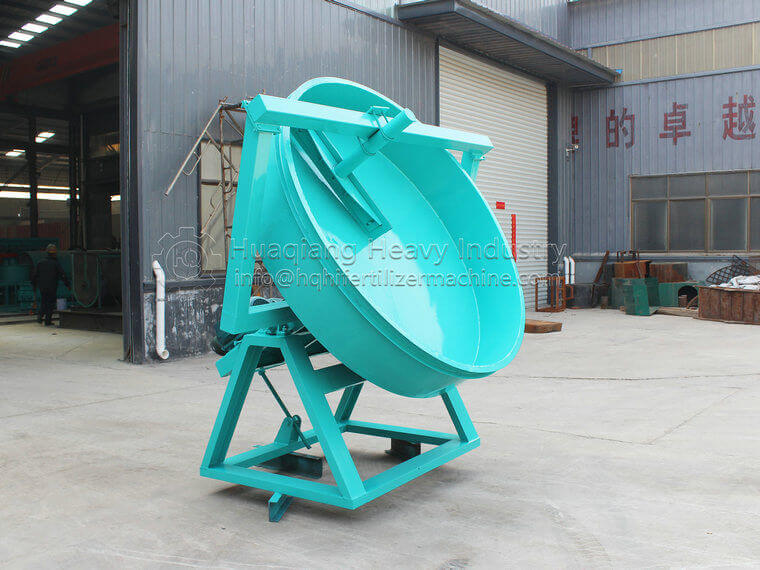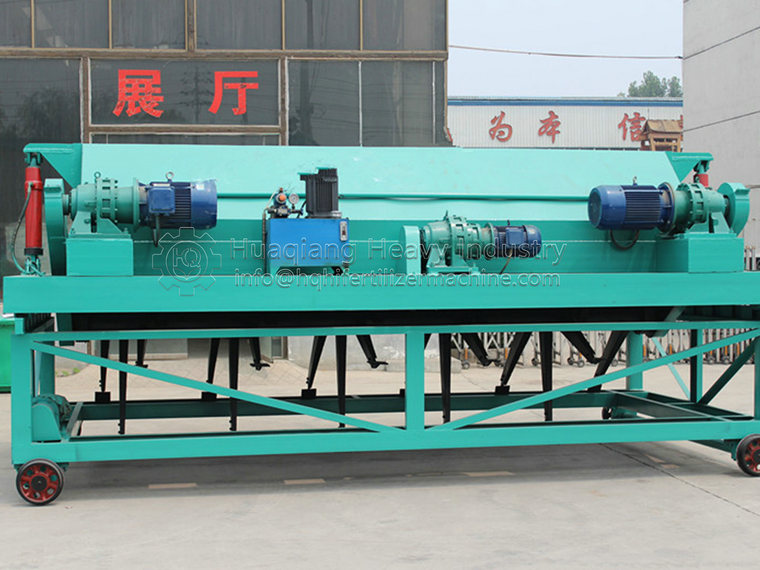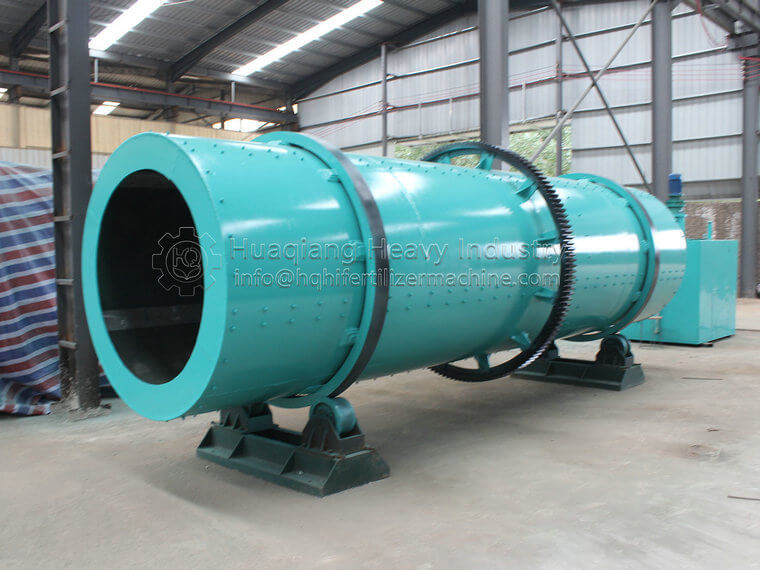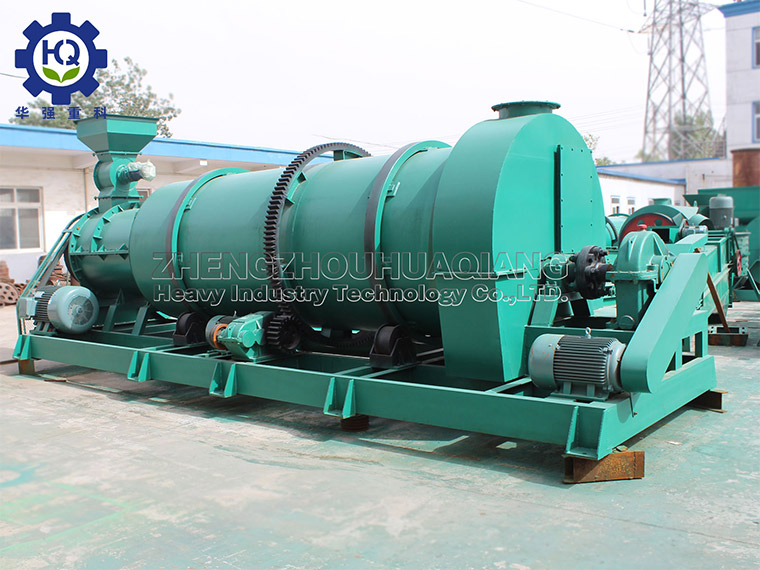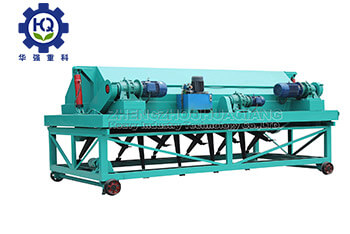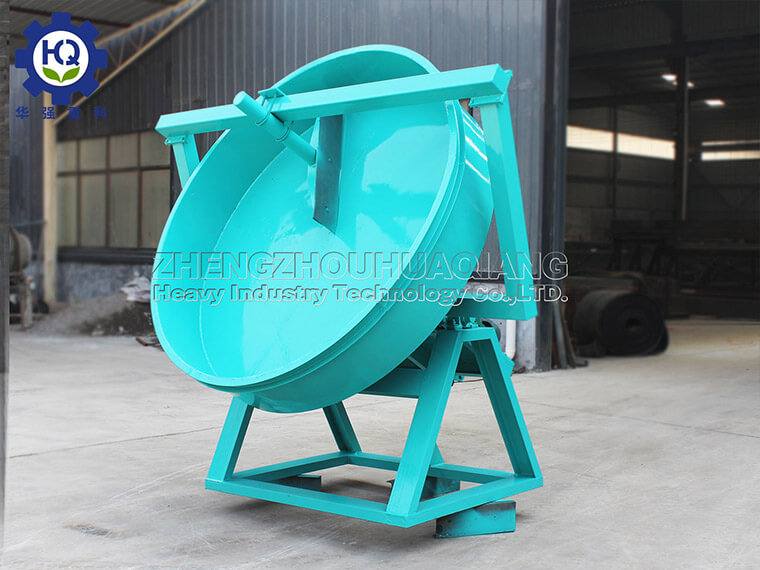Duck manure is a high-quality fertilizer with abundant N, P, and K content that quickly takes effect. When used in farmland, it can improve soil, increase organic matter, and enhance soil fertility. In order to improve the economic benefits of farmers, processing duck manure into organic fertilizer has become an ideal choice. So how about treating duck manure into organic fertilizer? Here are the methods and techniques for treating duck manure into organic fertilizer particles:
The organic fertilizer raw materials of small-scale organic fertilizer production equipment (animal manure, household waste, dead branches and leaves, biogas residue, waste bacterial strains, etc.) are fermented and then crushed in a semi wet material crusher. Elements such as nitrogen, phosphorus, and potassium (pure nitrogen, phosphorus pentoxide, potassium chloride, ammonium chloride, etc.) are added to make the mineral elements meet the required standards. Then, a mixer is used for stirring, and the particles enter the granulation mechanism. After coming out, they are dried, Sieve through a screening machine, package qualified products, and return unqualified products to the granulator for granulation.
The small-scale duck manure organic fertilizer production line costs less than 100000 yuan, and the organic fertilizer production line configured for each customer varies. The low configuration of the chicken manure organic fertilizer production line only requires fermentation equipment, pulverizer, mixer, granulator, screening machine, and packaging machine. This belongs to the basic configuration, and devices are added according to the actual needs and requirements of the customer. Therefore, the prices of the entire set of chicken manure organic fertilizer production line range from tens of thousands to hundreds of thousands.
The construction scale of equipment configuration for granular duck manure organic fertilizer production line is generally 5000 to 100000 tons per year. We need to comprehensively consider local resources, market capacity, and market coverage.
The investment scale and product plan design of the granular duck manure organic fertilizer production line need to be formulated based on the following conditions: raw material resource characteristics, local soil conditions, local planting structure and main crop varieties, comprehensive consideration of local resources, market capacity, and market coverage radius.
The investment scale and product plan design of the granular duck manure organic fertilizer production line need to be formulated based on the characteristics of raw material resources, local soil conditions, local planting structure and main crop varieties, factory site conditions, production automation level, and other conditions. Tongda Heavy Industry has a complete set of granular duck manure organic fertilizer production line configurations, and professional engineers design multiple configuration plans for you.

